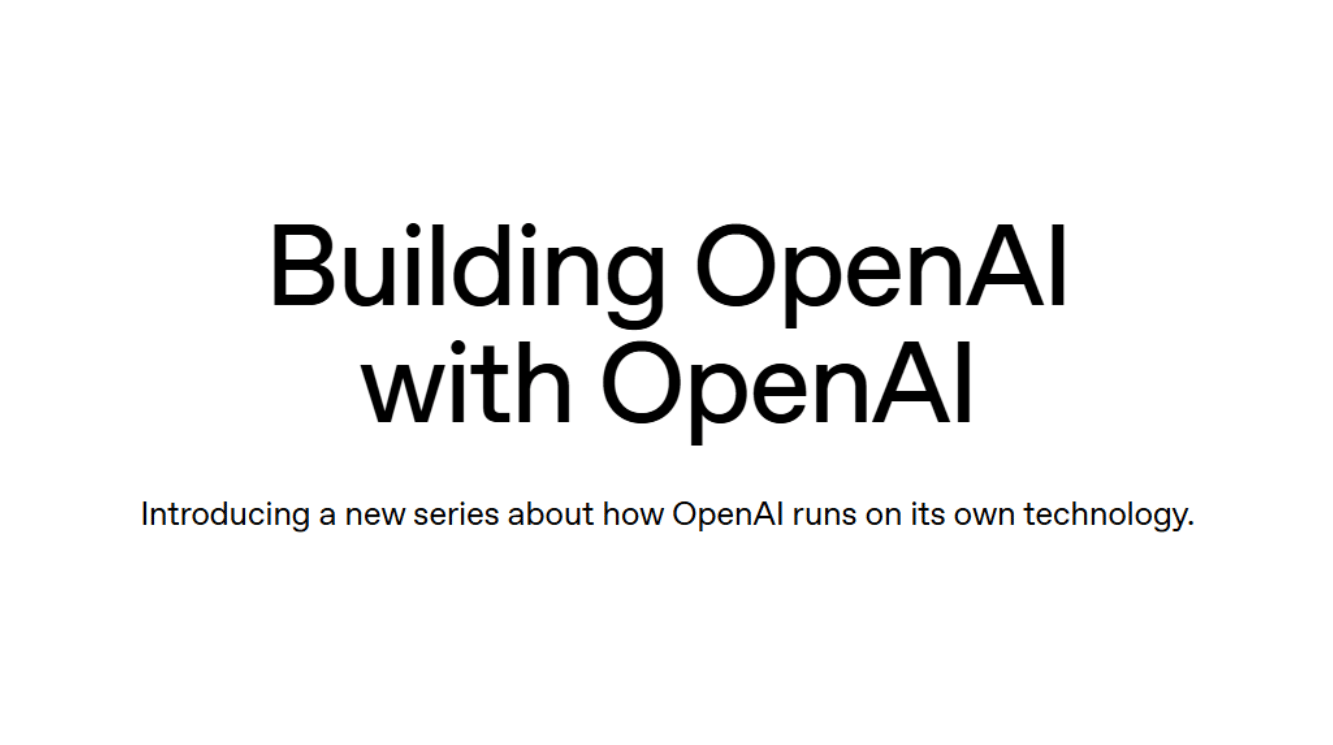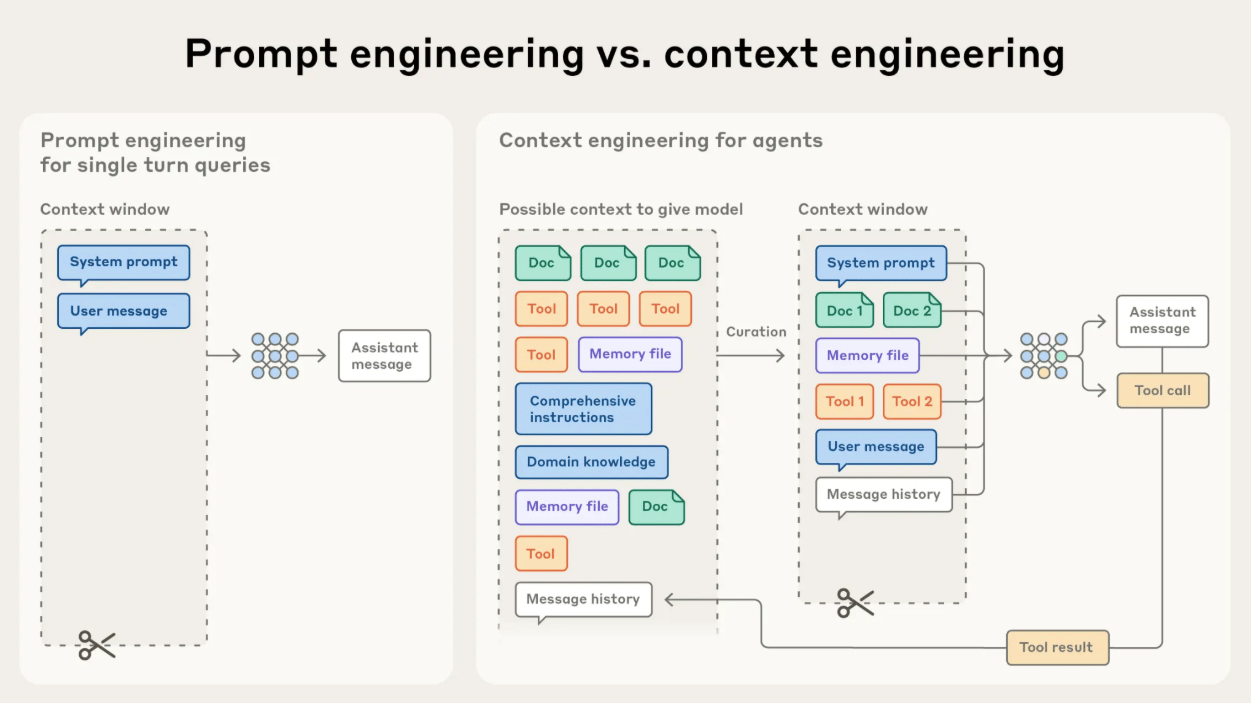- Enterprise AI Executive
- Posts
- McKinsey’s 2-year CEO timeline for agentic AI
McKinsey’s 2-year CEO timeline for agentic AI
Plus, context engineering, OpenAI on OpenAI, and more.
Welcome executives and professionals. The “pace of change” may be one of the most overused phrases in business, but agentic AI has injected it with new relevance, and urgency.
Since the previous edition, we have reviewed hundreds of the latest insights in agentic and generative AI, spanning best practices, case studies, market dynamics, and innovations.
This briefing outlines what is driving material value — and why it’s important.
In today’s briefing:
McKinsey’s CEO timeline for agentic AI.
Bain’s 2025 Technology Report.
How OpenAI uses OpenAI.
Enterprise AI transformation with Claude.
Context engineering for AI agents.
Transformation and technology in the news.
Career opportunities & events.
Read time: 4 minutes.

CEO INSIGHT

Image source: McKinsey & Company
Brief: McKinsey outlined a two-year agentic AI journey, detailing how CEOs can persevere through early growing pains, consider the right strategic decisions, and position their enterprises for long-term success.
Breakdown:
Many executives still have limited notions of what agents can do. McKinsey defines them by task complexity, from augmentation to cross-function.
In year one, momentum builds as fluency grows. Agents start automating processes with 1st-gen AI tech, shifting productivity and some roles.
Year two focuses on scaling impact. Measures shift from activity metrics to P&L outcomes as agent-to-FTE ratios rise across business functions.
As a company’s agentic capabilities progress, CEOs pivot focus more toward building the agentic organization around them.
CEOs and boards need to operate at two speeds by driving short term transformation while thinking longer-term (see image above).
Why it’s important: The shroud of uncertainty that still veils AI agents shouldn’t hold leaders back. In fact, this “trough of disillusionment” is a chance for decisive executives to outpace competitors, leveraging thoughtful, strategic action to unlock new opportunities for productivity and enterprise growth.
MARKET INSIGHT

Image source: Bain & Company
Brief: Bain & Company’s sixth Technology Report, spanning 77 pages, articulates how AI is the defining disrupter of our time, with the report unpacking implications across 11 topics through the lens of client work.
Breakdown:
The rapid rise of AI agents leads the narrative. At full scale, they will increasingly extend beyond narrow tasks to run more complete processes.
The 11 implications are explored across three themes: value evolution, strategic battlegrounds, and operational transformation.
Value evolution examines whether AI will disrupt today's top firms while tariffs, semiconductors, and sovereign AI reshape global power.
Strategic battlegrounds consider agentic AI upending SaaS, compute demand, and the roles of humanoid robots and quantum computing.
Operational transformation covers how tech-forward enterprises have "cracked AI ROI," apply gen AI in software, and modernize architecture.
Why it’s important: AI’s reach surpasses any recent tech wave, reshaping business, politics, trade, defense, and social justice. Leading enterprises are extending their edge, compounding gains, and embracing agentic AI. Bain warns: “If you’re still piloting, you’re dangerously behind.”
CASE STUDIES

Image source: OpenAI
Brief: OpenAI launched OpenAI on OpenAI, a series showing how they leverage AI internally. The goal is to share patterns enterprises can adopt, starting with five production AI solutions addressing key business challenges.
Breakdown:
GTM Assistant: A Slack-based tool streamlines research, meetings, and product Q&A, improving average sales rep productivity by 20%.
DocuGPT: Converts contracts into structured, searchable data, helping finance teams review faster, more consistently, and at scale.
Research Assistant: Turns millions of support tickets into conversational insights, surfacing trends to help act on customer feedback quickly.
Support Agent: Uses AI agents, continuous evals, and dynamic knowledge loops to turn every interaction into training data and improve quality.
Inbound Sales Assistant: Personalizes lead responses, raising accuracy from 60% to over 98% within weeks, and routes qualified prospects.
Why it’s important: AI is no longer experimental; for many, it is now core to how work gets done. Inside OpenAI, they face similar challenges to customers: where to start, how to measure progress, and more. By showing “How OpenAI uses OpenAI,” they illustrate how its technology can deliver value.
BEST PRACTICE INSIGHT & CASE STUDIES

Image source: Anthropic
Brief: Anthropic shared best practices and case studies on how enterprises move beyond experimentation, embedding Claude into core operations and customer-facing products. The most impactful companies share four key traits.
Breakdown:
They start with concrete business problems, targeting bottlenecks like time-consuming workflows or documentation backlogs.
They invest in people, not just technology, leveraging training programs and champion networks so teams understand both the “how” and “why.”
They measure what matters, tracking concrete metrics such as productivity gains to turn demos into defensible business cases with ROI.
They build for scale from day one: integration, security, compliance, and trust embedded as part of an enterprise transformation.
Anthropic revealed how Salesforce, Novo Nordisk, Palo Alto Networks and others leverage this approach to deliver measurable results.
Why it’s important: As a leader in enterprise AI, capturing 32% of the foundation model market, Anthropic’s adoption best practices and case studies help guide enterprises in leveraging advanced models in industries where precision matters, from coding and cybersecurity to financial services.
BEST PRACTICE INSIGHT

Image source: Anthropic
Brief: Anthropic shared strategies for curating and managing the context that powers agents, helping models make optimal use of their limited attention. Context remains a critical yet finite resource for AI agents.
Breakdown:
After a few years of prompt engineering being the focus of attention in applied AI, a new term has come to prominence: context engineering.
The challenge isn't just crafting the prompt words and phrases, it's finding the smallest set of high-signal tokens to maximize an outcome.
Techniques include compaction for long-horizon tasks, token-efficient tool design, and enabling agents to explore environments just-in-time.
Smarter models require less prescriptive context engineering, allowing agents to operate with more autonomy while still using context wisely.
Even as capabilities improve, treating context as a finite resource will remain central to building reliable, effective agents.
Why it’s important: While the concept of managing “context” for models predates it, the term “context engineering” gained traction in June 2025 when Shopify CEO Tobi Lütke endorsed it. AI scientist Andrej Karpathy then amplified it, helping to popularize and distinguish it from “prompt engineering.”

Deloitte outlined how it qualifies and prioritizes agentic AI use cases, and why the true digital advantage isn’t gen AI, it’s being human.
BCG’s 24-page report shows AI leaders drive double revenue growth and 40% more cost savings, plus 25 slides on AI-first airlines.
OpenAI analyzed ChatGPT enterprise usage by industry and department, and released prompt packs for executives and other professional roles.
MIT Sloan answered its top 10 executive LLM questions, while Cognizant reflected on the MIT NANDA adoption study now that the smoke has cleared.
McKinsey shared insights on unlocking consumable data for gen AI, upgrading software business models, and simplifying McKinsey travel with AI.
C3 AI released a 17-page white paper on enterprise AI agents, covering how they work and case studies, plus how they scaled AI at a global manufacturer.
Forrester reviewed what Q2 2025 tech services earnings from Accenture, Capgemini, Cognizant, IBM Consulting, and others mean for executives.
Stanford and BetterUp Labs surveyed 1,100+ U.S. workers, finding 41% encountered “workslop,” polished but hollow AI outputs in the past month.

Anthropic released Claude Sonnet 4.5, calling it the “best coding model in the world,” with top dev benchmark scores and same API pricing as its predecessor.
OpenAI reached a $500B valuation, released Sora 2, and introduced GDPval, a benchmark testing if AI matches professional work across 44 occupations.
Microsoft introduced Microsoft Agent Framework, Agent Mode in Excel and Word, and added Anthropic’s Claude to Microsoft 365 Copilot.
IBM launched Granite 4.0, a family of open, small, efficient LLMs built to excel at agentic workflows and enterprise tasks.
Google updated Gemini 2.5 Flash and Flash-Lite, announced Gemini 2.5 Flash Image (Nano Banana) general availability, and launched ‘Jules Tools’.
Cohere raised $100M, bringing valuation to nearly $7B, driven by enterprise demand for its security-first North platform and Command A models.
DeepSeek launched V3.2-Exp, featuring a “sparse attention” mechanism that reduces API costs by over 50% while matching its predecessor's performance.
RBC explored AI’s major leaps in 2025, where defining developments arrive one after another, and how its promise is matched by challenges.

CAREER OPPORTUNITIES
Walmart - Agentic AI Director
J.P. Morgan - Head of AI Marketing Transformation
Anthropic - Executive Events Lead
EVENTS
LangChain & Manus - Context Engineering - October 14, 2025
MIT - AI Conference - October 18, 2025
Financial Times - Future of AI - November 5-6, 2025

Originally conceived as a practical communication for executives the editor, Lewis Walker, has worked with, this briefing now serves as a trusted resource for thousands of senior decision-makers shaping the future of enterprise AI.
If your AI product or service adds value to this audience, contact us for information on a limited number of sponsorship opportunities.
We also welcome feedback as we continue to refine the briefing.

